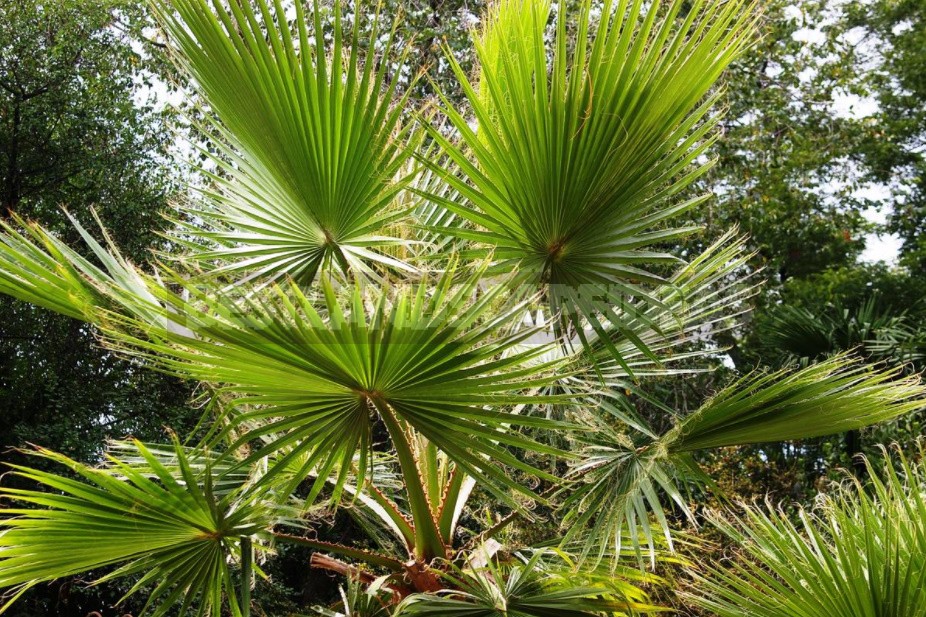
Sabal palmetto
Sabal palmetto is a spectacular palm tree up to 30 m high and 5-7 m wide. She is originally from the USA (from North Carolina to Florida). According to USDA data, winter hardiness corresponds to 8-10 zones.
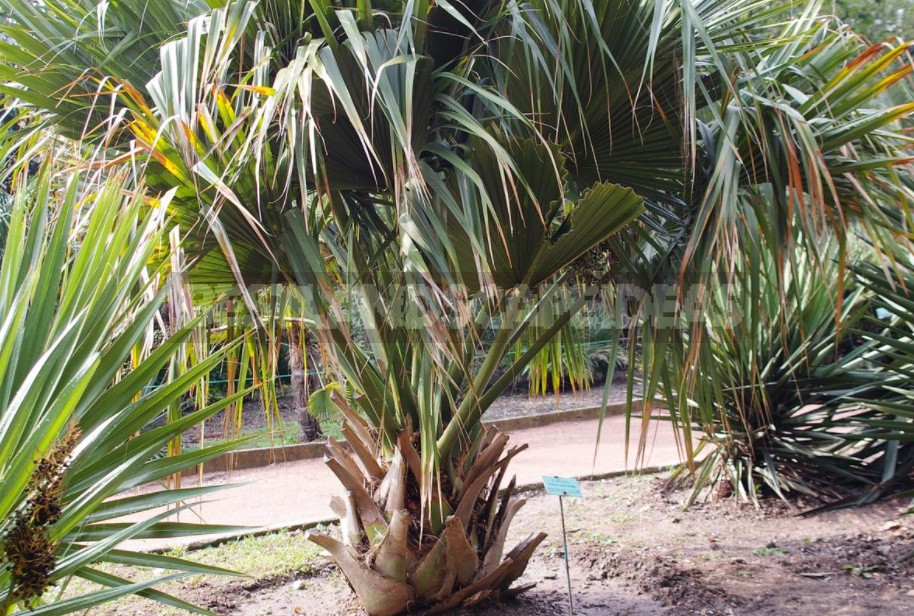
One of the most common types in the culture. However, the real Sabal palmetto grows in the palmaria of the Garden. The leaves are up to 2 m long. According to them, more precisely, by the dry tips of the leaf segments, it is clear that he is not quite comfortable-it is dry. The creamy-white flowers are collected in horizontally drooping inflorescences, far protruding beyond the crown, which is a characteristic feature of S. palmetto.
Features of care and reproduction
In the first years of life, it grows very slowly, then the growth accelerates. He likes well-lit places and fertile, constantly moistened soils. It grows normally and develops near the sea. It propagates well with freshly harvested seeds that have time to ripen before the onset of frost.
Trachycarpus fortunei
Trachycarpus fortunei is a thin-stemmed dioecious palm up to 20 m high and 2.5 m wide. She is originally from China. Winter hardiness, according to USDA data, corresponds to zones 7-10. It does not need a winter shelter, although in severe winters the leaves freeze.
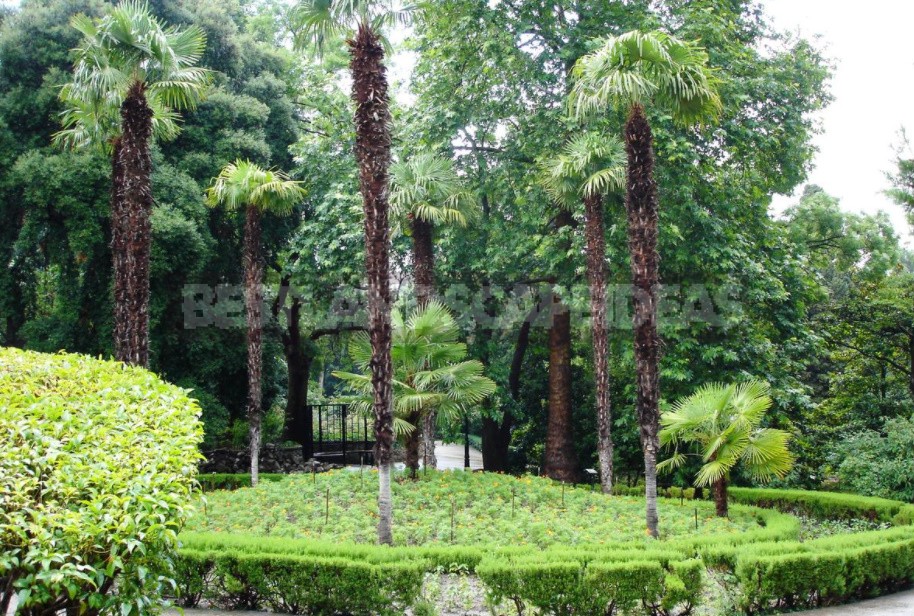
It is widely distributed and even enters local forest communities due to self-seeding. The leaves are dark green, on thin long petioles, with drooping ends of segments, 45-75 cm long. The flowers are small, yellow (in female specimens they are greenish-yellow), collected in drooping panicles up to 60 cm long.
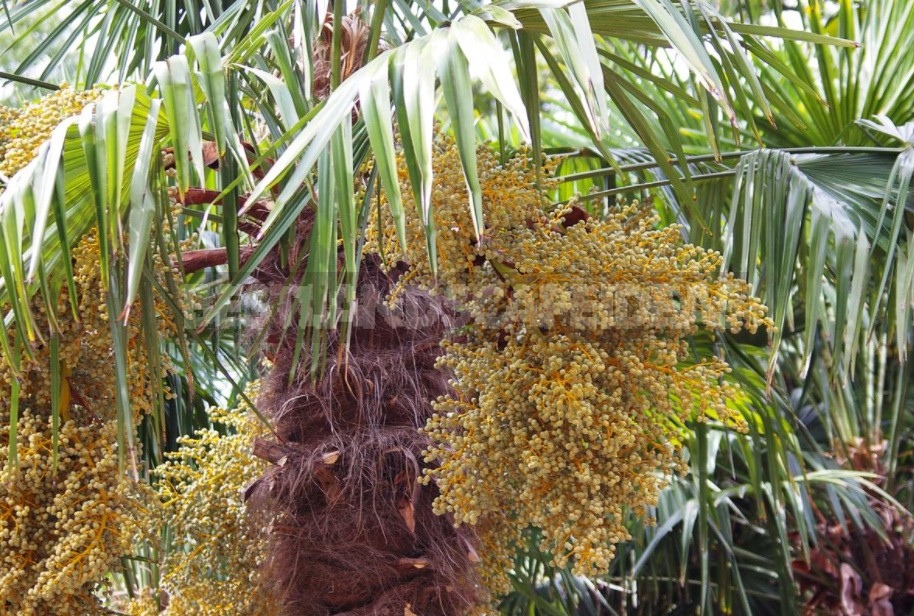
Fruiting is regular and abundant, while some of the plants are functionally male, since male flowers predominate in their inflorescences.
Features of care and reproduction
Absolutely unpretentious palm tree. It grows well both in illuminated places, and in partial shade, shade. It is not demanding of soils, but prefers constantly moistened ones. It is well propagated by seeds that do not need high temperatures for germination; it gives abundant and viable self-seeding. After a year of storage in dry conditions, the soil germination rate is 90-95%. Sown in the spring in the open ground (without stratification) on a specially prepared bed or in a greenhouse. The depth of seed embedding is 2-3 cm.
Chamaerops humilis
Chamaerops humilis is a multi-stemmed fan palm with a height of 2-3 m and a width of 1-2 m. She is originally from the Mediterranean. Winter hardiness, according to USDA data, corresponds to zones 8-11. In severe winters, it can freeze to the ground, but it is quickly restored by growth. Adult specimens overwinter without shelter.
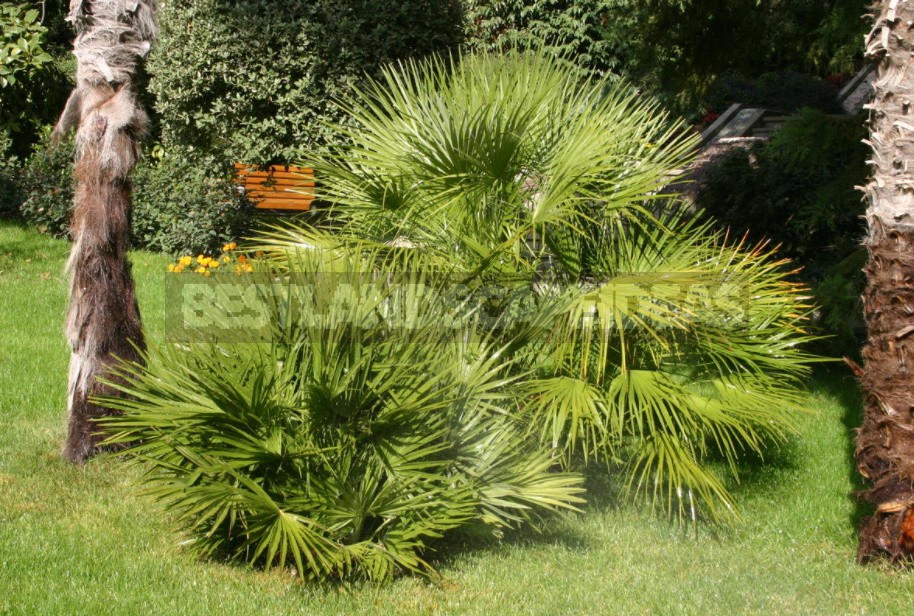
The leaves are small, 60-100 cm long, with few segments, on long petioles equipped with sharp curved spines. The flowers are small, yellow, collected in small inflorescences-panicles up to 35 cm long; they bloom in May. The fruits are yellow, small, with a juicy fibrous pericarp; they ripen in early winter.
Features of care and reproduction
At first it grows slowly, and then the development accelerates. Chamaerops humilis feels great in a limited amount of soil substrate, so they like to grow it in a tub culture. The palm is light-loving, prefers stony drained carbonate soils. Propagated by seeds when sown in warm conditions.
Jubaea chilensis
Jubaea chilensis, syn. J. spectabilis is a very beautiful single-stemmed feathery palm up to 25 m high and up to 9 m wide. She is originally from Chile. According to the USDA, its winter hardiness corresponds to zones 8-11.
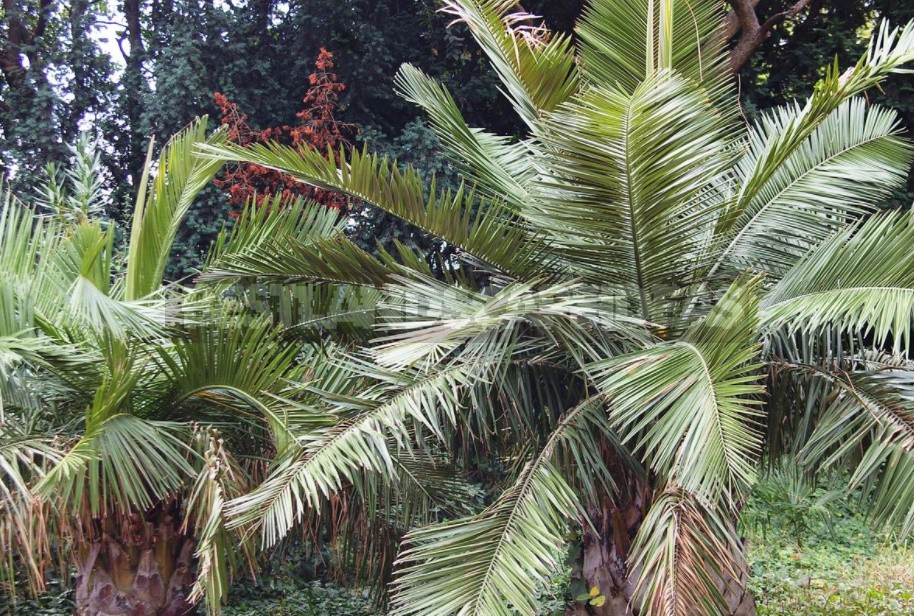
The leaves are pinnate, up to 5 m long, make up a flat crown. The fruit is the size of a chicken egg, up to 5 cm long. Because of the thick smooth trunk with a stop-like expanded base, resembling an elephant’s leg,it is called an elephant palm. However, Jubaea chilensis develops so slowly that any distinct trunk appears only by the age of 50. In the future, the growth is significantly accelerated.
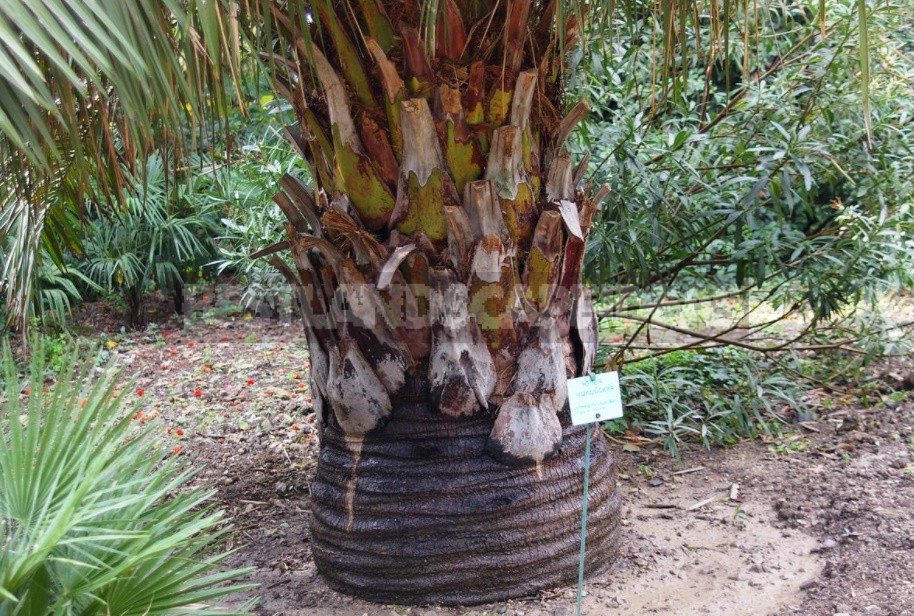
Features of care and reproduction
It is light-loving, not demanding of soils, but does not tolerate stagnant waterlogging. It is propagated by seeds that periodically ripen on old specimens. Seeds with a thick shell need scarification (mechanical damage, for example, over-sawing) for successful germination.
So our fascinating tour of Palmaria has come to an end. And in conclusion-questions from the author: do you like palm trees? What types, including indoor plants, do you grow?
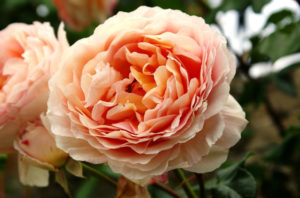
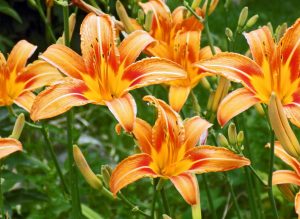

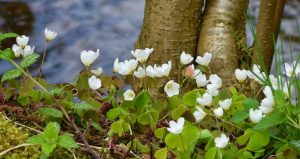
Leave a Reply